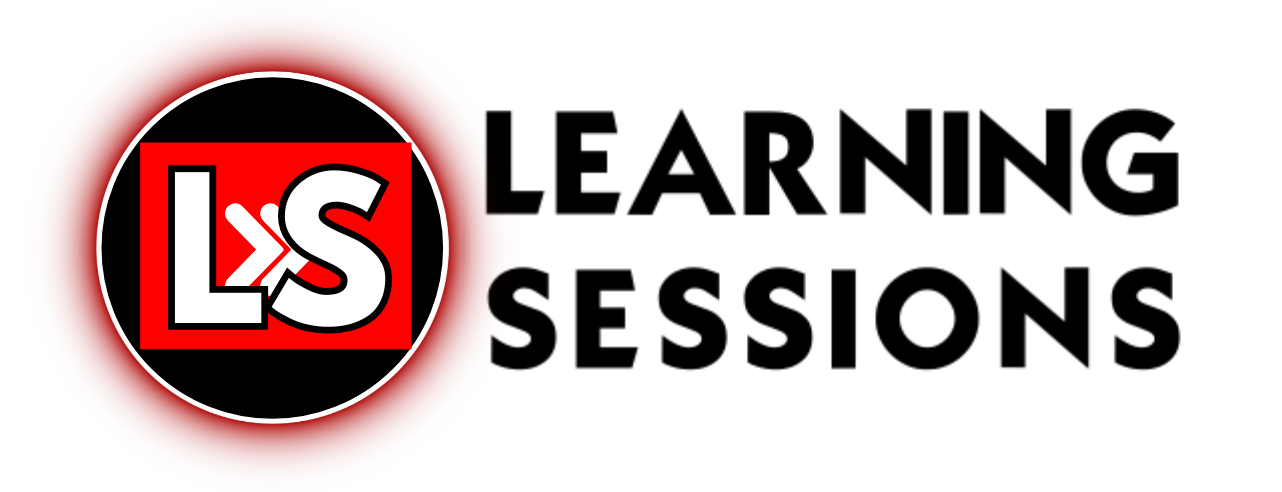Did you know that a simple cheque you write or receive falls under the Negotiable Instruments Act, 1881? Understanding this law isn’t just important for bankers but also for anyone dealing with financial transactions.
📚 JAIIB Study Resources 📚
👉 Check Here
👉 Check Here
👉 Check Here
👉 Get Tests Here
👉 Check Here
Who is this for?
- JAIIB/CAIIB aspirants preparing for Principles and Practices of Banking
- Banking professionals looking to understand financial instruments better
- Business owners and finance enthusiasts dealing with negotiable instruments
👉 Before we dive in, watch this video for a complete breakdown:
Understanding the Negotiable Instruments Act – Key Concepts
🔹 What are Negotiable Instruments? (00:01:14)
A negotiable instrument is a document guaranteeing payment to a specific person or the bearer. The Negotiable Instruments Act, 1881, primarily defines three types of negotiable instruments:
- Cheques – Covered under Section 6
- Promissory Notes – Defined in Section 4
- Bills of Exchange – Explained in Section 5
🔹 Importance of Negotiable Instruments
Negotiable instruments play a critical role in the economy by ensuring smooth financial transactions. They offer several advantages such as:
- Liquidity: Easily converted into cash.
- Legal protection: Governed by the law to prevent fraud.
- Ease of transfer: Can be endorsed and transferred to another person.
🔹 Understanding Cheques (00:04:27)
A cheque is a written order directing a bank to pay a specific amount to a person or entity. It functions similarly to a bill of exchange but is always drawn on a bank.
Key elements of a cheque:
- Must be in writing and signed by the drawer
- Unconditional order to the bank
- Payable on demand
- Payable to a specific person or bearer
🔹 Types of Cheques
There are various types of cheques, each serving different purposes:
- Bearer Cheque: Payable to whoever presents it.
- Order Cheque: Payable only to a specified individual.
- Post-Dated Cheque: Dated for future encashment.
- Crossed Cheque: Can only be deposited into a bank account.
🔹 What is a Promissory Note? (00:10:25)
A promissory note is a written promise by one party to pay another a fixed amount of money at a specified future date or on demand.
Two parties involved in a promissory note:
- Maker – The person who promises to pay.
- Payee – The person who receives the payment.
[FREE EPDF] JAIIB PPB Module A Unit 10 Part 3 | Foreign Currency Accounts
🔹 Features of a Promissory Note
Promissory notes must include the following features:
- Must be in writing.
- Contain an unconditional promise to pay.
- Specify a fixed amount.
- Be signed by the maker.
Conclusion
Understanding the Negotiable Instruments Act is crucial for both banking professionals and individuals handling financial transactions. This session covered the fundamentals of cheques, promissory notes, and bills of exchange, along with their legal aspects.
If you found this guide helpful, drop a comment below and let us know what you learned! Don’t forget to like, share, and subscribe for more such informative videos.
👉 Join our JAIIB/CAIIB coaching for expert guidance and study materials!
📥 Download the PDF Notes
Want to keep a quick reference guide? Download the full session notes in PDF format and prepare anytime, anywhere.







